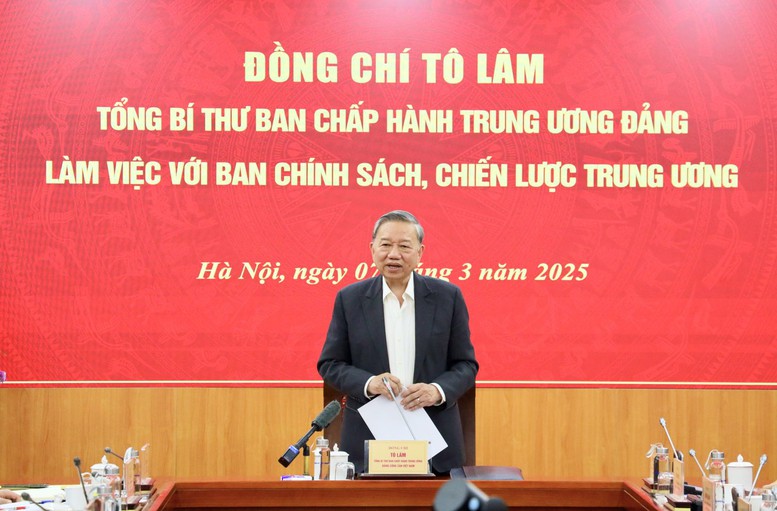
General Secretary of the Working Group worked with the Central Policy and Strategy Committee on March 7, 2025 on private economic development
This is not only a strong political statement, but also a call to maximize the power of the private economy, making Vietnam a developed country by 2045.
The General Secretary affirmed that the private sector is not only a component of the economy, but also a leading driving force for growth and innovation. Currently, this sector contributes about 51% of GDP, more than 30% of the state budget and creates more than 40 million jobs, demonstrating its irreplaceable role. In particular, the article sets out a strategic vision to 2030, when the private sector is expected to contribute 70% of GDP, with many enterprises having global competitiveness, mastering technology and deeply integrating into the international value chain.
Creating a fair and transparent business environment
In addition to affirming the role of the private sector, the General Secretary also pointed out breakthrough solutions to realize this vision. First of all, it is necessary to perfect the modern, transparent and fair market economic institution, ensuring a business environment without discrimination between the private sector, state-owned enterprises and foreign-invested enterprises. This means protecting the right to freedom of business, property ownership and the right to fair competition, helping private enterprises develop more strongly, while attracting domestic and international investment.
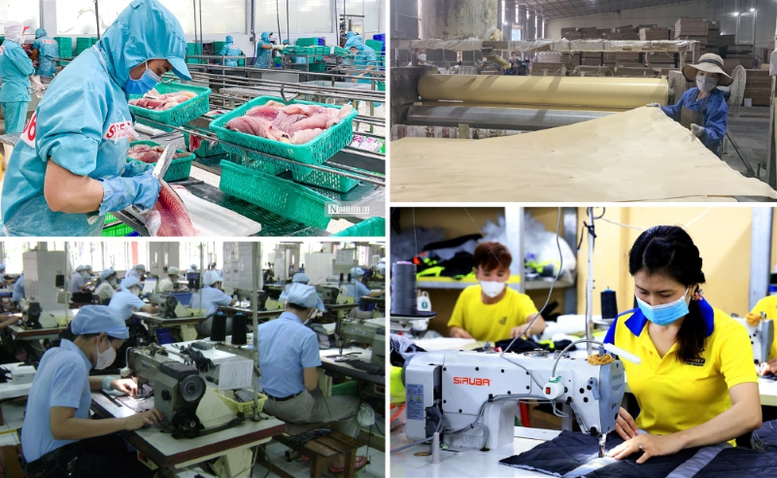
The orientations proposed by the General Secretary not only help the private economy make a breakthrough but also reflect the strategic thinking of a developmental state.
One of the important highlights in the article is the orientation to develop regional and global private economic groups, creating economic "giants" capable of leading the country's development. This is the strategy that Northeast Asian countries such as Japan, South Korea and China have successfully implemented.
In South Korea, from the 1960s to the 1980s, the government supported chaebols such as Samsung, Hyundai, and LG through preferential financial policies, promoting exports and technological innovation, turning these corporations into pillars of the economy. Japan also applied the keiretsu model, with corporations such as Toyota, Mitsubishi, and Hitachi, creating a close connection between production, finance, and technology. Since the beginning of the 21st century, China has issued a series of policies to support private enterprises such as Alibaba, Tencent, and Huawei, helping them to become the world's leading technology corporations.
The common point of these countries is that the state not only regulates, but also proactively creates a favorable business environment, supports private enterprises to develop strongly, thereby creating a spillover effect for the entire economy. Vietnam's orientation in the General Secretary's article shows a similar strategy, aiming to build powerful private economic groups, increasing influence in the regional and global markets.
Along with the development of large corporations, the article also emphasizes innovation and digital transformation, focusing on high-tech fields such as artificial intelligence (AI), blockchain, big data and e-commerce. These are the pillars of the digital economy, helping to increase labor productivity and enhance the competitiveness of Vietnamese enterprises in the context of the 4th industrial revolution.
Looking at the Northeast Asian model, it can be seen that these countries have all succeeded thanks to heavy investment in technology and innovation. China has become a global technology center with the strong development of Alibaba, Tencent, ByteDance, Huawei, thanks to policy and financial support. South Korea has invested heavily in R&D, helping Samsung and LG become the world's leading technology corporations. Japan has long been a pioneer in research and development, with government support in the fields of robotics, automobiles, and electronics.
General Secretary To Lam’s orientation is completely in line with this trend, focusing on industries with high added value, helping private enterprises integrate more deeply into the global supply chain. Promoting the application of technology not only helps improve the competitiveness of the economy but also creates a strong driving force for innovation in the private sector.
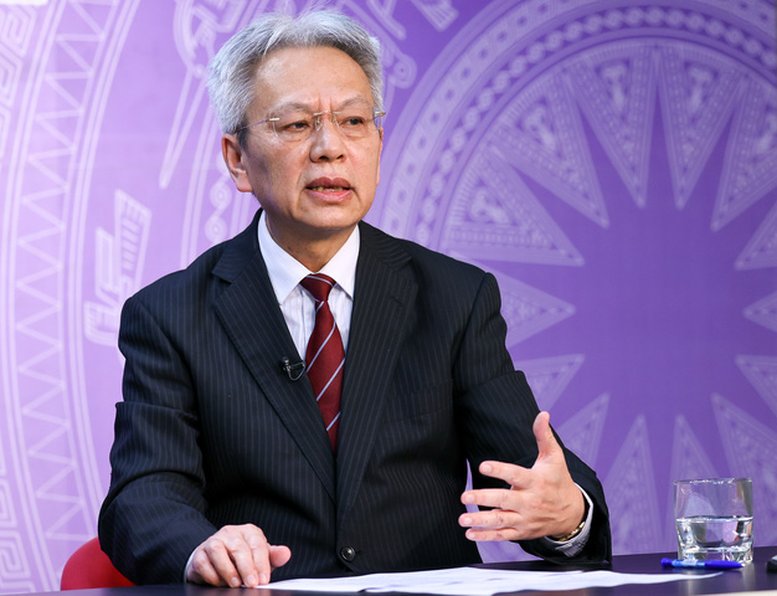
Dr. Nguyen Si Dung
Administrative reform – Prerequisite for private sector to break through
In addition to promoting private enterprises to grow and innovate, the article also emphasizes strong administrative reform, simplifying procedures and building an administrative system that serves enterprises. This is a key factor in the model of a developmental state, when an effective administrative apparatus will help reduce transaction costs, increase business confidence and create motivation for the development of the private sector.
Northeast Asian countries have all succeeded by building streamlined administrative systems that support rapid business development. Japan has a mechanism to support businesses to quickly access incentive policies. Since the early 2000s, South Korea has promoted e-government, helping to reduce administrative procedures and legal compliance costs. China has continuously reformed its institutions, helping private businesses easily access capital and markets. Vietnam is also moving in this direction with e-government, digitizing administrative procedures and improving the business environment, creating favorable conditions for the private economy to develop more strongly.
Strategic vision and development aspirations
The orientations set forth by the General Secretary not only help the private economy make a breakthrough but also reflect the strategic thinking of a developmental state following the Northeast Asian model. Building large private corporations, promoting innovation and administrative reform are decisive factors for Vietnam to maximize its economic potential, enhance competitiveness and deeply integrate into the world economy. If implemented resolutely, these policies will become an important driving force to turn Vietnam into a high-income developed country by 2045, opening a new era of prosperity and reaching out to the world. All for a strong and prosperous Vietnam, with increasingly prosperous and happy people./.
Dr. Nguyen Si Dung










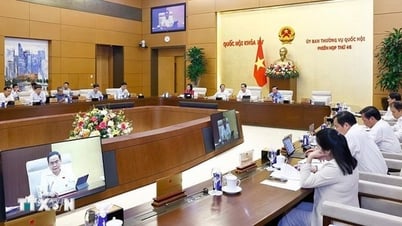
















![[Photo] General Secretary To Lam receives Korean Ambassador to Vietnam](https://vphoto.vietnam.vn/thumb/1200x675/vietnam/resource/IMAGE/2025/6/6/a0765b7543784cbcbfe4755b67d43ab4)















































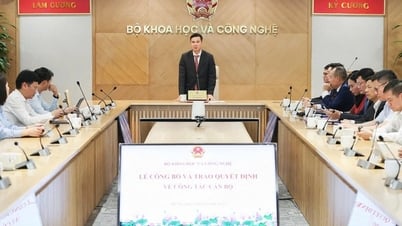

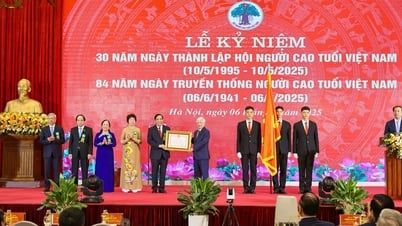








![[OCOP REVIEW] Tu Duyen Syrup - The essence of herbs from the mountains and forests of Nhu Thanh](https://vphoto.vietnam.vn/thumb/402x226/vietnam/resource/IMAGE/2025/6/5/58ca32fce4ec44039e444fbfae7e75ec)













Comment (0)